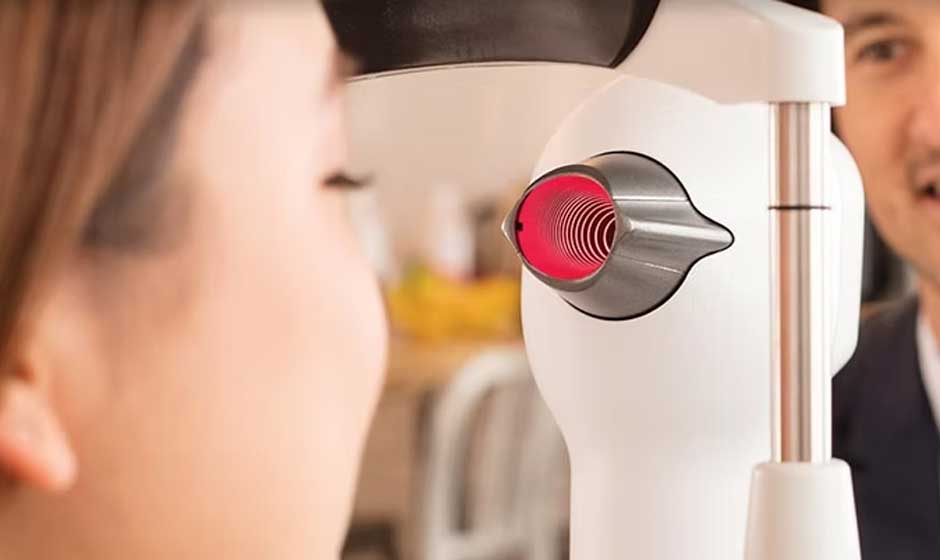How Digital Tools Are Changing the Way We Care for Our Eyes

The rapid integration of digital technology in eye care is making high-quality vision health services more accessible, efficient, and personalized than ever. Patients now benefit from the convenience of remote consultations and the accuracy of artificial intelligence, transforming the way we detect, diagnose, and manage eye conditions. Leading clinics, such as Carrot LASIK & Eye, are at the forefront of this transformation, blending state-of-the-art technology with compassionate patient care to set new standards for eye health.
As we spend more time in front of screens and face increasing vision demands, digital tools are stepping up to address everything from early disease detection to digital eye strain. Personalized eye care plans and innovative monitoring devices in Mesa, AZ and other local areas are becoming common practices, helping people protect their vision for the long term.
Teleophthalmology: Bridging the Gap in Eye Care
Teleophthalmology leverages secure telecommunications technology to connect patients with eye care professionals, regardless of physical location. This virtual approach makes expert care possible for those in remote or underserved communities, where traditional in-person visits are often impractical or unavailable. High-resolution images of the eye can be captured at a local clinic and transmitted for specialist analysis, enabling efficient consultations, timely diagnoses, and tailored treatment plans without delay.
The result is a more inclusive system where preventive care and follow-up appointments are streamlined, reducing unnecessary travel and expanding access to professional eye care. Teleophthalmology is already making a significant impact, improving outcomes in populations where vision health disparities have historically been pronounced.
AI Diagnostics: Enhancing Accuracy and Early Detection
Artificial intelligence is revolutionizing the early detection of eye diseases with its ability to process complex imaging data rapidly and accurately. Advanced AI algorithms can analyze retinal photographs and other diagnostic tests with a precision that rivals—even exceeds—human examiners in some cases. By spotting subtle changes that may indicate diabetic retinopathy, age-related macular degeneration, or glaucoma, AI enables earlier intervention and significantly improves the chances of preserving vision.
Notably, AI-powered diagnostic tools are now integrated into many eye care workflows, minimizing errors and expediting the delivery of critical information to both providers and patients.
Wearable Technology: Monitoring Eye Health in Real-Time
Wearable devices like smart contact lenses and augmented reality glasses are emerging as powerful allies for continuous eye health monitoring. These innovative tools track key metrics, such as intraocular pressure—a crucial factor in glaucoma—or real-time tear production which can help manage dry eye conditions. By delivering ongoing data, wearables allow individuals and clinicians to detect early warning signs and respond proactively with personalized adjustments or treatments.
For those with chronic eye conditions, wearables offer the freedom and reassurance of mobile monitoring. The technology is rapidly evolving, and research continues to unlock new applications, promising even more ways for individuals to keep a close watch on their vision health.
Virtual Reality: Transforming Surgical Training
Virtual reality (VR) is reshaping surgical education, especially within the field of ophthalmology where precision is paramount. VR-based simulation tools provide surgeons-in-training with immersive, lifelike environments where they can practice intricate procedures repeatedly, refining their technique without risk to actual patients. This not only accelerates skill acquisition but also builds surgeon confidence for rare or complex cases.
Many training programs now incorporate VR as part of their core curriculum, harnessing the technology to safely expose trainees to a wide array of scenarios. Early research suggests that VR-trained surgeons demonstrate improved competency and readiness when transitioning to real surgeries. For additional insights into VR’s growing role in medical training, visit Ophthalmology Times.
Combating Digital Eye Strain with Smart Practices
Intense screen time is now common and can lead to digital eye strain, a modern-day dilemma marked by symptoms such as fatigue, headaches, and blurred vision. Simple but effective strategies can greatly mitigate these effects. The 20-20-20 rule—every 20 minutes, look at something 20 feet away for 20 seconds—remains a widely recommended method. Proper screen positioning, using blue-light filters, and maintaining good ergonomic habits at workstations are also essential in reducing strain.
Protective lenses and proper lighting further enhance comfort, making daily screen use less taxing.
Future Trends: The Road Ahead in Digital Eye Care
The landscape of eye care continues to evolve alongside digital innovation. Artificial intelligence, remote diagnostics, telemedicine, and wearable technology are becoming standard parts of modern eye health strategies. These trends are leading us toward a future where care is increasingly personalized, efficient, and widely accessible.
Stakeholders across the industry predict even smarter diagnostic tools, more affordable and user-friendly wearables, and tighter integration of telehealth with traditional ophthalmic practices. This digital evolution ensures more people worldwide can benefit from proactive vision management, regardless of their location or medical history.
By staying informed and embracing these resources, individuals and providers together can champion a proactive approach to preserving sight in the digital age.


